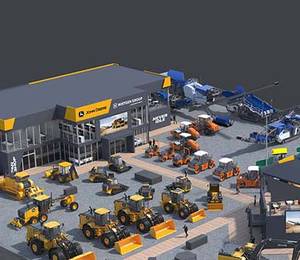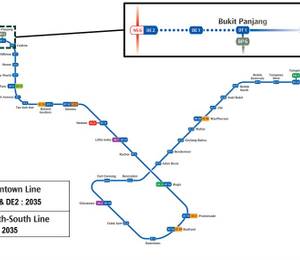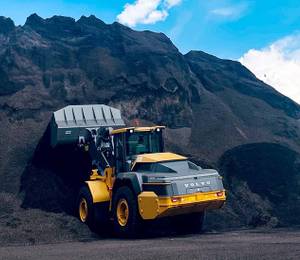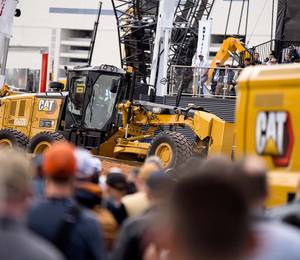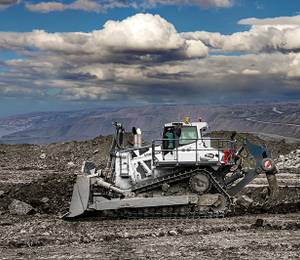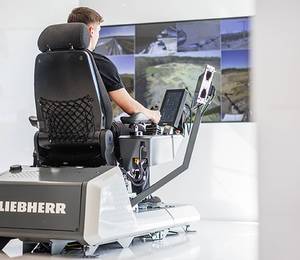Japanese contractor Shimizu Corporation has developed a metaverse inspection system capable of performing various remote inspections of buildings inside a virtual space with realistic replications of under-construction buildings, with the assistance of Tsumiki Seisaku Co Ltd under the direction of The Building Centre of Japan (BCJ).
The system consists of a metaverse, which combines the 3D scan model of the building with design BIM (3D) data, and xR Checker, a tool for checking the consistency between the two. In the future, Shimizu intends to open this system to the public and contribute to streamlining building construction and production in Japan.
Every year, after building permits are received, nearly 600,000 buildings in Japan undergo inspections repeatedly from the start to completion of construction to verify conformity with the drawings that the building permits were based on, explained Shimizu. Construction supervision by designers as well as intermediate and final inspections by chief building inspectors and others from the government are typical examples of this.
In many cases, multiple persons in charge visit the site, drawings in hand, to perform visual inspections and conformity checks using simple measuring instruments. They also review progress photos and inspection reports. Thus, a vast amount of time is spent travelling for inspections, with travel time for completion inspections alone exceeding one million hours nationwide.
Since June 2019, Shimizu has been working on building permit applications and various inspections using BIM data to improve the efficiency of building construction and production. The contractor has already developed a system that uses augmented reality (AR) technology to conduct remote inspections via a tablet screen – which has been well received by the BCJ.
However, Shimizu noted that the challenge was to increase the sense of presence by eliminating constraints of the field of view. Metaverse inspection solves issues like these all in one go and has the potential to serve as a touchstone for accelerating the widespread adoption of remote inspections.
Entering metaverse as avatars
The metaverse that makes up this system combines BIM (3D) data on buildings that have received permits in the cloud with 3D point cloud data on scans of the space of under-construction buildings. By wearing VR goggles, the inspector can enter the metaverse as an avatar, opening up a realistic field of view without any constraints.
Operating the controller, the inspector can instantly move the avatar to any location in or around the building and carry out inspections from any viewpoint, even those not available in reality, such as a bird’s eye view.
Inside the virtual space, it is also possible to have voice conversations with relevant parties from other locations who are present as avatars and check documents such as process photos and inspection reports downloaded from the cloud. Moreover, the xR Checker functionality enables instant automatic measurement of the consistency between BIM data and point cloud data, providing a colour-coded display of the differences that exceed the set tolerance.
These functions allow for inspections of buildings during construction regardless of location, resulting in a more streamlined and efficient work on the projects. According to Shimizu, the system has already been verified using actual buildings; and although some areas for improvement have been identified, the BCJ says it is suitable for practical use.
Shimizu further highlighted that the Ministry of Land, Infrastructure, Transport and Tourism of Japan has issued a notice dated 9 May 2022 to the director-general of the architectural administration of each prefecture, entitled ‘Remote Implementation of On-site Completion Inspections Using Digital Technology Based on the Building Standards Act.’ Based on this notice, it is expected that in addition to building permit applications, the use of BIM will rapidly spread in inspections associated with building permits and the processes of construction supervision.
All images: Shimizu
